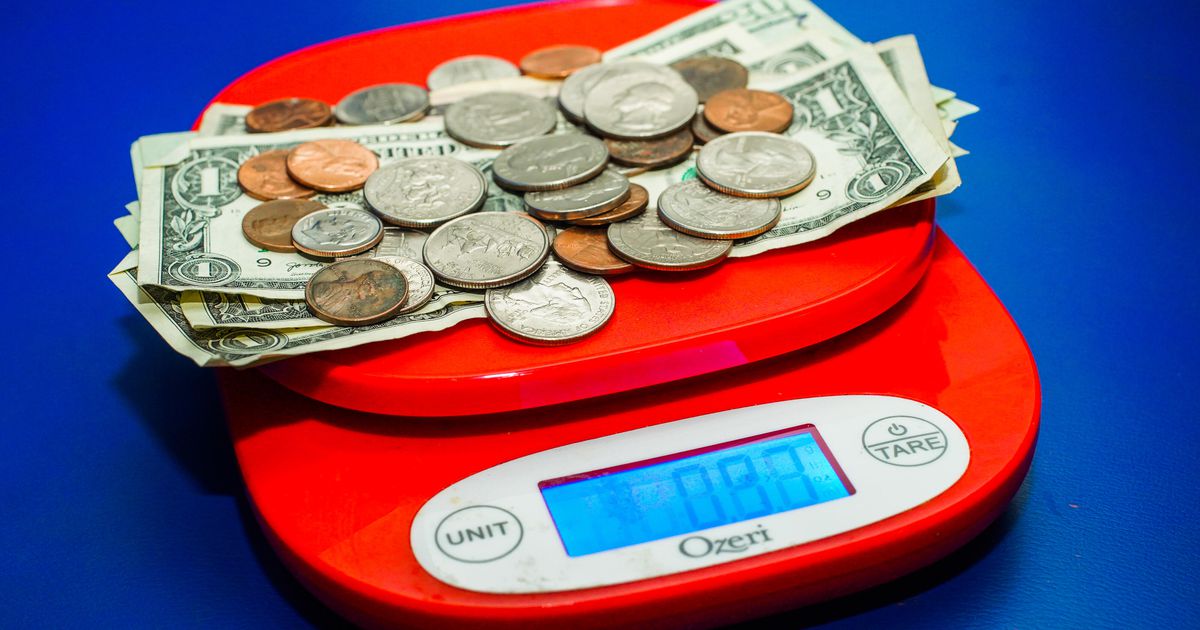
[ad_1]

We’ll show you how to track your 2020 federal tax refund.
Sarah Tew/CNET
Any tax-filing season can be stress-inducing. And this year’s could be even more so, especially if your financial circumstances have changed because to the pandemic. For many, the tax season is the time to collect the money they overpaid throughout the year. And this year when you file your 2020 tax return, you’ll not only get to look forward to a refund but also missing stimulus check money you claimed as a Recovery Rebate Credit. If you’ve already filed your taxes and it’s been at least 24 hours, you can start tracking your refund status. Use our chart below to help determine when your refund could arrive.
If you haven’t filed your taxes yet, consider filing online — the IRS is asking you to avoid sending in a paper return due to a backlog from last year’s tax extension, a result of the pandemic. It’s also encouraged that you set up direct deposit to speed up your refund process. Note that the IRS could still extend the tax filing deadline this year, as requested by Congress, but there’s still no update on that.
Below, you’ll find which IRS tools to use to track your 2020 refund status. Remember this tax season could determine more than just your refund and missing stimulus money — it could decide your eligibility status for a third stimulus check of up to $1,400 or if you’ll get a smaller payment. Here’s when the new stimulus payment could arrive and how it’ll likely be more targeted, disqualifying more people. This story was recently updated.
How to track the status of your tax refund with these two IRS tools
You need several things on hand to track the status of your tax refund: your Social Security number or Individual Taxpayer Identification Number, your filing status — for example, single, married or head of household — and your exact refund amount in whole dollars, which can be found on your tax return.
Using the IRS tool Where’s My Refund, enter your Social Security number or ITIN, your filing status and your exact refund amount, then press Send. If you entered your information correctly, you’ll be taken to a page that shows the status of your refund. If not, you may be asked to verify your personal tax data and try again. If all the information looks correct, you’ll need to enter the date you filed your taxes, along with how you filed — either electronically or on paper.
There’s also a mobile app you can use to check your tax refund status called IRS2Go. The IRS updates the data in this tool overnight each day, so if you don’t see a status change after 24 hours or more, check back the next day.
Your tax refund status will either say received, approved or sent. Here’s what it means
Both the IRS tools (online and mobile) will show you one of three messages to explain your current tax return status.
- Received: The IRS now has your tax return and is working to process it.
- Approved: The IRS has processed your return and confirmed the amount of your refund, if you’re owed one.
- Sent: Your refund is now on its way to your bank through direct deposit, or as a paper check to your mailbox. (Here’s how to change your address now if you moved.)
When will I get my tax refund? We have a few ideas — see below
The IRS says it issues most tax refunds within 21 days, but many people will get their refunds far sooner. If there are any errors, it might take the agency longer to process and issue your tax refund. The same goes for people who filed a claim for an Earned Income Tax Credit or the Child Tax Credit.
The date you get your tax refund also depends on how you filed your return.
For example, if the refund is going into your bank account through direct deposit, it could take an additional five days for your bank to post it to your account. This means if it took the IRS the full 21 days to issue your check and your bank five days to post it, you may be waiting a total of 26 days to get your money. That’s where tracking your refund comes in handy.
If it’s being sent by mail, the IRS says it could take six to eight weeks for your tax refund to arrive. Here are some possible dates when you could receive your refund depending on when you filed.
When your tax refund could arrive
| If you file on this date | This is the soonest | This is the latest |
|---|---|---|
| Feb. 14 | Feb. 21 | March 7 |
| March 1 | March 8 | March 22 |
| April 1 | April 8 | April 22 |
| April 15 (last day to file) | April 22 | May 6 |
| Oct. 15 (last day with extension) | Oct. 22 | Nov. 5 |
Here’s when it’s OK to call the IRS to check the status of your tax refund
While you can call the IRS to check your status, the agency’s live phone assistance is extremely limited at this time, so you may wait on hold for a while to speak to a representative. Also, the IRS says you should only call if it’s been 21 or more days since you filed your taxes online or if the Where’s My Refund tool tells you to contact the IRS.
For more information about your taxes, here’s when the 2021 deadline is to file your tax return, how to claim missing stimulus money on your taxes and the real reason you should sign up for direct deposit on your 2020 taxes.
[ad_2]
Source link





